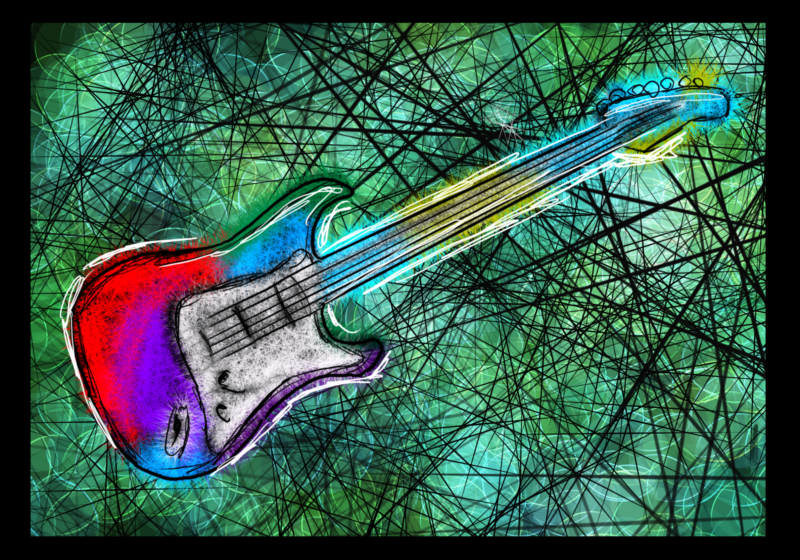The University’s Barnes & Noble reopened Oct. 12 in a new and much larger location at the corner of Mt. Hope and Elmwood Avenues. The new Barnes & Noble replaces the bookstore’s former on-campus location in the Frederick Douglass Building that closed on Sept. 26 to move its stock to the new location.
The bookstore, the first retail space to open in College Town, was celebrated with a ribbon-cutting ceremony on Friday, Oct. 17. The bookstore met its completion date and was open in time for Meliora Weekend. The new bookstore is meant to be a more active space than the bookstore in Douglass was, hosting events such as talks and book signings.
Contrary to the notion that all of College Town would be open this Mel Weekend, Director of Campus Dining Services and Auxiliary Operations Cam Schauf said that this was never the plan. The bookstore was planned to open in the fall and the rest of the retail space at later dates.
Despite the large time difference between the openings, “there haven’t been any significant delays” to the construction, Senior Economic Development Specialist in the Bureau of Business and Housing Development for the City of Rochester Matthew McCarthy said.
There was, however, a crane collapse over the summer, and there have been issues funding the parking garage and the underground utilities along Mt. Hope.
The opening dates of the retail spaces are staggered as a result of the multi-step process by which College Town was built. Two development companies, Fairmount Properties and Gilbane Building Company, worked on different parts of the project.
Fairmount and Gilbane, once finished constructing the “shell” of the buildings, turned over the remaining construction to the individual retailers, who have managed the interiors on their own.
Some of the Mt. Hope Lofts at College Town, the residential space on the floors above the retail shops, opened on Oct. 1. The remaining lofts are scheduled to open on Dec. 1, according to McCarthy. College Town will also be home to offices, which are currently being turned over to their tenants to prepare for move-in.
A variety of businesses are confirmed to move in, some of which have already put up marquees and signs in their windows. Options range from restaurants such as Moe’s Southwest Grill and Jimmy John’s, bakeries and cafés such as the Corner Bakery Cafe, Saxby’s Coffee, and Insomnia Cookies, Breathe yoga studio, and liquor retailers The Beer Market and Bourbon.
College Town’s full-service grocery store, Constantino’s Market, is on schedule to open in April. It will share a separate building with Breathe and UR offices across from the Hilton.
According to Schauf, discussions about whether Constantino’s Market will accept URos are still ongoing. The grocery store will not accept declining dollars, though Constantino’s and most of the other restaurants should accept URos.
Regular shuttles running every 20 minutes will transport students to and from College Town. During the week, the Blue Line will make a stop at the nearby Goler House on its route around the Mt. Hope area. On weekends, the College Town Express will go directly to College Town and back every 20 minutes.
McCarthy said that the original idea for College Town and the entire development along the Mt. Hope corridor stemmed from a plethora of traffic accidents in that area. The state of New York identified the Mt. Hope corridor as a high-accident area, after which the Mt. Hope community in 2008 developed ideas to slow down traffic and increase business in the area.
McCarthy expects the College Town project to be a “transformative” project, turning the area “from a transportation corridor to a destination.” McCarthy said that College Town is expected to be an “operation that benefits not only the University community but the community at large.”
Kadir is a member
of the class of 2017.





